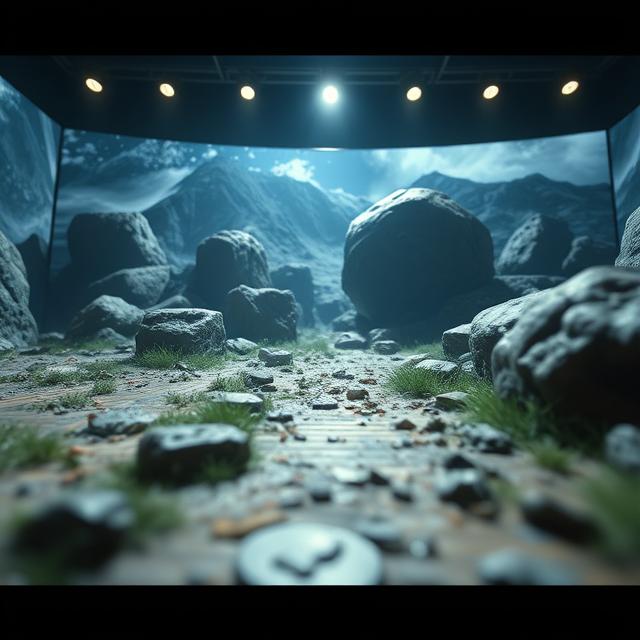When a barrel rolls down a hill or a glass shatters realistically, you’re seeing a physics engine in action. These systems simulate how objects behave in a game world, and they’re critical for making gameplay feel real, dynamic, and responsive.
Physics engines like Havok, Unreal Physics, and Unity’s PhysX allow developers to create interactive environments. Objects bounce, fall, explode, or react to force in ways that align with real-world expectations. This grounding effect enhances immersion.
Games like Half-Life 2 were pioneers in using physics as core gameplay. The Gravity Gun allowed players to manipulate the environment in creative ways—solving puzzles, building defenses, or using debris as weapons. It turned physics from background detail into interactive strategy.
More modern examples include Red Dead Redemption 2, where bodies ragdoll based on where they’re hit, or Breath of the Wild, where wind, fire, and water interact naturally. These aren’t just aesthetics—they create emergent gameplay where no two encounters are the same.
Physics also adds unpredictability. In Battlefield games, buildings collapse, vehicles flip, and cover is destructible. This forces players to constantly adapt and stay mobile, increasing tension and realism.
Even smaller interactions—like realistic item throw arcs or breakable crates—add to immersion. A good physics engine doesn’t just support gameplay—it enhances player agency and transforms the world into something reactive and alive.

Leave a Reply